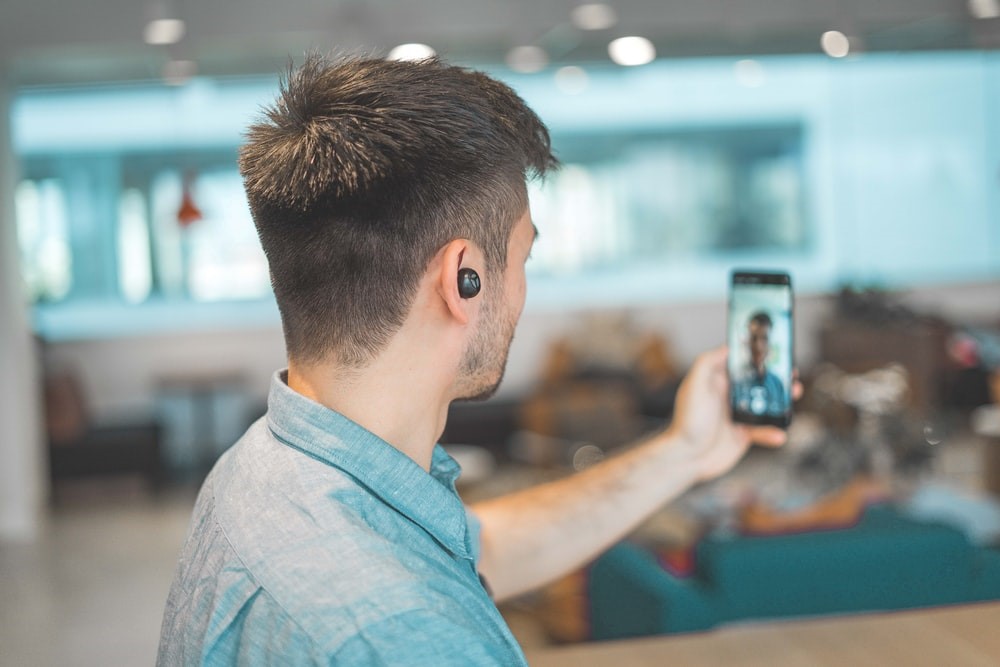New technologies have altered the way people interact with each other. Colleagues, friends, family and romantic encounters are increasingly happening through social media. Global availability and accessibility make it possible to chat anytime, regardless of the time zone. This allows several individuals to meet or keep in touch with romantic or sexual partners despite the distance. However, new encounters can bring certain risks, such as unwanted sexual actions by one of the two participants.
Technology-facilitated sexual violence (TFSV) is defined as harmful sexual behaviours that have been either activated, supported or encouraged by a technological means of communication. Studies distinguished TFSV into five categories: online sexual harassment, exploitation of sexual image, cyberstalking, gender and sexual harassment, and sexual assault/coercion. In an Australian study, 60% of 2,956 participants reported being sexually harassed online at least once in their life (Powell & Henry, 2015). An American study reported that out of 2,849 participants, 76% had already witnessed TFSV, and 40% had experienced it (Duggan, 2014).
Researchers Linda R. Zhong, Mark R. Kebbell and Julianne L. Webster, set to understand whether the Internet can influence individuals to commit sexual offences such as TFSV.
A questionnaire was distributed via the “Qualtrics” platform to 340 university students (237 women and 103 men). The questionnaire included five TFSV scenarios on different topics: online sexual harassment, image sexual exploitation, cyberstalking, gender and sexual harassment and sexual assault/coercion. For each theme, a scenario was created, including the victim’s response to that five TFSV (not responding to the abuser’s request, being attractive, respectfully rejecting the man, or aggressively rejecting him). Participants were asked to identify whether 1) the perpetrator or victim acted appropriately, 2) who was responsible for the situation, 3) the likelihood of committing TFSV. The online disinhibition effect and the Sexual Strategies Scale (SSS) were measures used to perform the analysis.

The main results of the study showed that:
- The Internet is said to be an amplifier for sexual assault. However, it played a more critical and unique role in individual decisions on committing TFSV.
- Participants perceived abusers as irresponsible and much less appropriate in situations than victims.
- The toxic disinhibition and the sexual assault were positive predictors with a higher probability rate of committing TFSV.
- A moderate effect demonstrated that TFSV might be due to a mixture of sexual assault and toxic disinhibition.
- Individuals’ past experiences have an impact on how individuals perceive TFSV.
A significant limitation to consider from this study is the notion of social desirability; this is a risk to be taken when studying more taboo subjects in society. People tend to downplay destructive behaviours they might commit and exaggerate good behaviours.
This exploratory study provides an overview of a difficult problem to define and control by law enforcement agencies. Moreover, the results of the article help advance empirical research on the behaviour related to TFSV’s.



